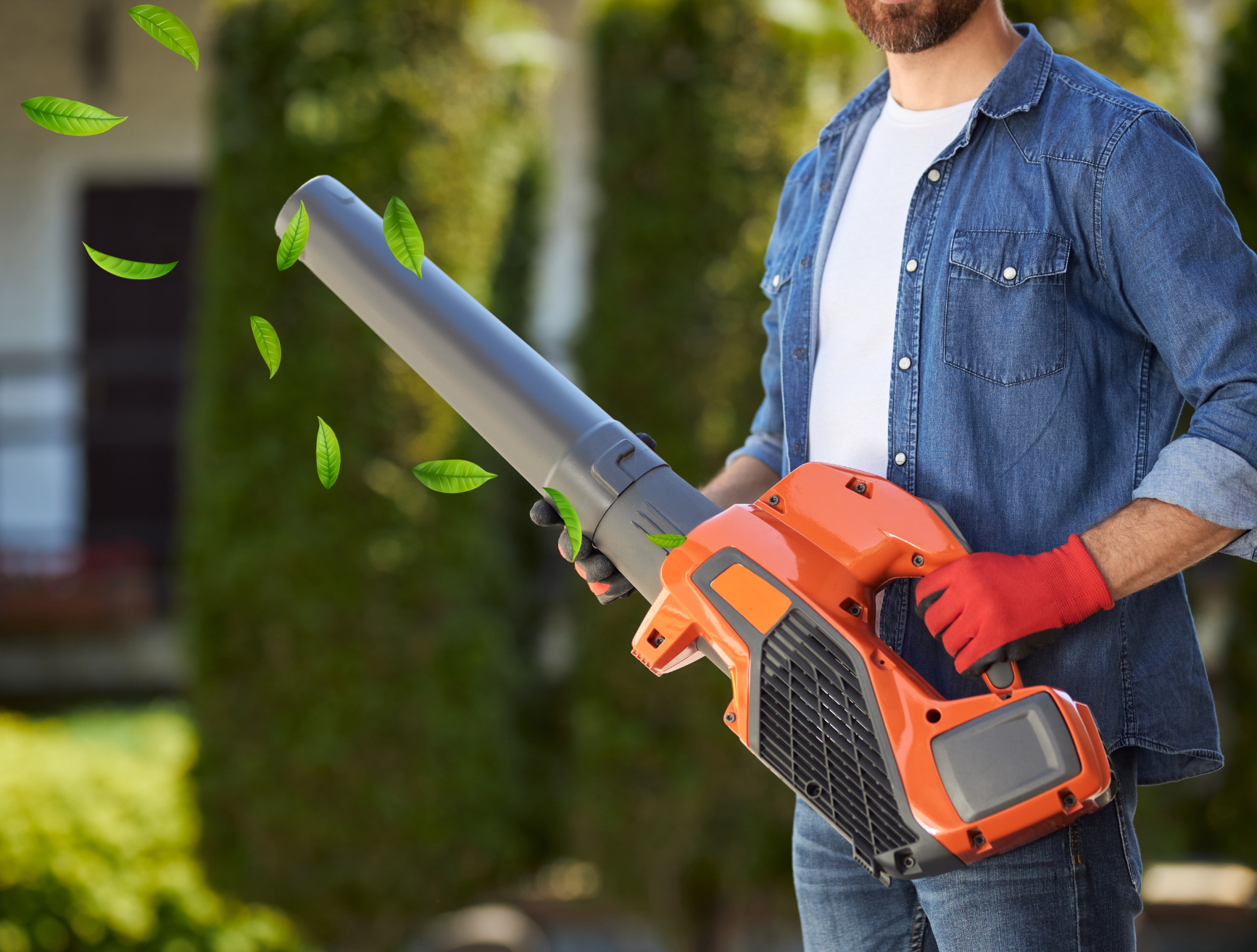
Autumn Lawn Care: Aerators, Scarifiers & Leaf Blowers
Autumn is the reset button for turf. As growth slows, you can relieve soil compaction, thin the thatch layer, and keep foliage from smothering the lawn. This guide clarifies what each tool does, when it makes sense, and how to choose specs that match garden size and grass condition — without DIY step lists.
1) Read your lawn: symptoms that guide tool choice
Turf tells you what it needs. Footprints that linger signal compaction and poor rebound; spongy feel underfoot suggests a thatch build-up; patchy yellowing after rain points to drainage and airflow issues. If leaves linger for days, you risk snow mould and bare circles in spring.
- Compaction clues: puddling after showers, moss in high-traffic zones, shallow rooting.
- Thatch clues: mower scalps at normal height, springiness like a mat, dull colour despite feeding.
- Leaf load: thin layers feed soil; thick mats block light and trap moisture.
2) Aeration: relieving compaction for stronger roots
Compacted soil squeezes out pore space for oxygen and water. Aerators re-open that space. Spike units push narrow tines into the surface and are fine for light compaction; core (plug) aerators remove small cylinders of soil, creating lasting channels in clay, heavy loam, and trampled lawns.
- Choose spike for sandy soils and small spaces that compact lightly.
- Choose core where kids, pets, or footpaths compress the turf, or where clay dominates.
- Best window: cool, slightly moist soil in early–mid autumn promotes healing.
Worried about the “messy” look after coring? Those pellets quickly break down with rain and mowing, and the temporary roughness is a fair price for deeper rooting and more even colour next season.
3) Scarifying: thinning the thatch layer
Thatch is a tight weave of dead stems and roots that forms between foliage and soil. A slim layer cushions turf, but anything thicker than ~1 cm blocks water, fertiliser, and air. Scarifiers use blades to lift and eject that material, allowing new tillers to emerge.
- Light thatch: gentle pass or spring rake to “comb” the canopy.
- Heavy thatch: powered scarifier with depth control; work across the grain for even clearance.
- After-effects: lawn can look bare for a short while; that’s normal as light reaches the crown.
4) Leaf strategy: blow, mulch, or collect?
Leaves are both a resource and a risk. Mulched into a fine layer, they feed soil biology; piled thickly, they exclude light and trap moisture against the sward. The right tool depends on plot size, leaf type, and how often you can tidy.
| Garden size | Power type | Use case | Key advantage |
|---|---|---|---|
| Small patios/lawns | Cordless | Quick tidy, light leaves | Quiet, no cords |
| Medium gardens | Corded | Long sessions near outlets | Consistent power |
| Large plots | Petrol | Heavy, wet leaves & debris | Maximum airflow & mobility |
If piles build up fast, a blower-vac with mulching impeller shrinks volume dramatically, making green-waste runs rarer and composting easier.
5) Specs that actually matter (and why)
- Aerators: tine length and spacing determine how deep and how often you impact the profile; for core units, hollow tines create channels that persist through winter.
- Scarifiers: variable depth and debris collection save time; rubberised rear wheels protect tender turf.
- Blowers: check both airspeed (km/h) to lift wet leaves and air volume (m³/h) to move piles efficiently.
6) Weather & soil timing
Aeration works best when soil is moist but not saturated; blades should cut cleanly, not smear. Scarifying under hot, dry winds stresses grass; in that case, postpone until a cooler spell. Leaf management follows the trees — weekly attention in peak fall prevents last-minute marathons.
7) Sustainability & neighbourhood comfort
Cordless tools reduce noise and local emissions, ideal for early evenings or shared gardens. Where you need longer stints, corded electrics offer steady power without fuel storage. Petrol shines on large estates; keep ear protection handy and plan work hours with neighbours in mind.
8) Common pitfalls to avoid
- Scarifying too deep on thin turf, stripping crowns and inviting weeds.
- Aerating on waterlogged ground, which smears holes and seals pores.
- Leaving heavy leaf mats for weeks — disease risk rises sharply.
9) Quick scenarios
- Clay soil + children’s play area: core aerator in autumn; optional light spring touch-up.
- Mossy shade near fence: check compaction + thatch; light scarify and improve airflow.
- Wind-driven leaf drifts: petrol backpack or high-volume corded unit; stage piles downwind.
10) Glossary (fast)
- Thatch: fibrous layer between green shoots and soil.
- Core aeration: removing soil plugs to create lasting channels.
- CFM / m³/h: air volume moved by a blower.

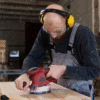

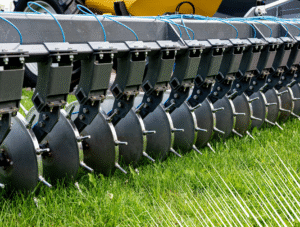
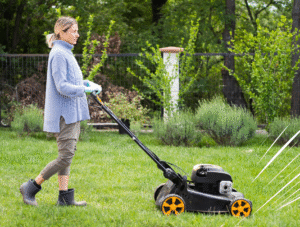
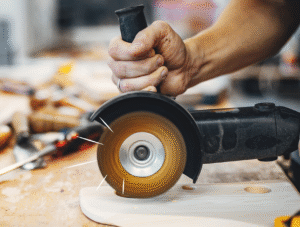
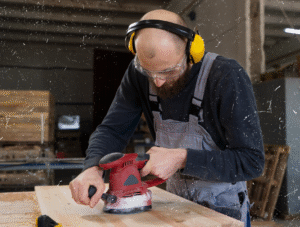
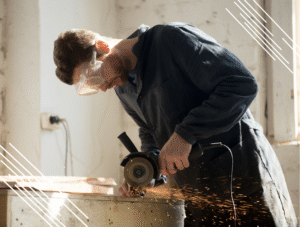
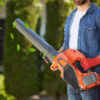
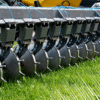
Add comment